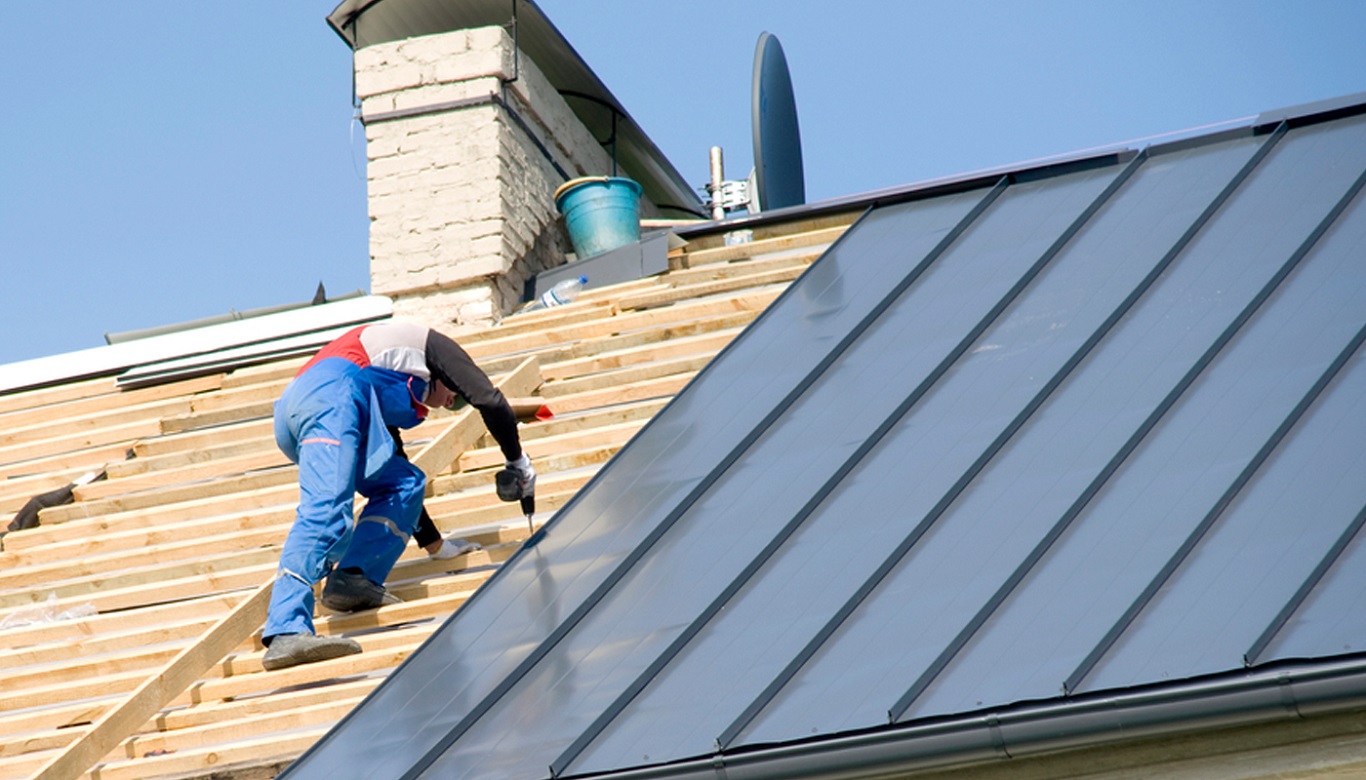Roof inspections are essential for identifying potential points and making certain the longevity of your roof. Regular inspections may help detect issues early, preventing expensive repairs or replacements down the road. Here are some common strategies and steps for conducting a roof inspection:
Visual Inspection:
a. Exterior Inspection:
Start by analyzing the roof from the bottom using binoculars or by safely climbing onto a ladder to get a more in-depth look.
Look for visible signs of injury, such as missing or broken shingles, curling or buckling shingles, or unfastened or deteriorated flashing around roof penetrations.
Check for debris, moss, algae, or lichen development on the roof, which can indicate moisture-related issues.
Inspect the gutters and downspouts for granules from shingles, as extreme granule loss can sign shingle put on.
b. Interior Inspection:
Go into the attic or crawl area and inspect the underside of the roof deck for indicators of leaks, moisture, or water stains.
Look for daylight coming via cracks or holes in the roof deck, which may indicate roof injury.
Check for indicators of insulation damage, mould, or mildew growth, which can outcome from roof leaks.
Roof Walk:
a. If it is safe to do so, stroll on the roof surface to inspect it up shut.
b. Be cautious and wear appropriate safety gear, similar to non-slip footwear and a security harness if needed.
c. Look for any gentle or spongy areas, which may indicate underlying harm.
d. Check for loose or damaged roofing materials, as properly as indicators of put on and tear and tear.
Moisture Detection:

a. Use a moisture meter to detect hidden moisture within the roof construction and insulation.
b. Moisture detection may help identify leaks or areas of potential water intrusion that will not be seen.
Drone Inspection:
a. Drones equipped with cameras can provide a comprehensive view of the roof floor without the need for direct physical entry.
b. A drone inspection may be particularly useful for larger or hard-to-reach roofs.
Professional Inspection:
a. Consider hiring https://roofrestorationcamden.com.au/steel-roofing/ or inspector to conduct an intensive inspection.
b. Professionals have the expertise, tools, and expertise to establish issues that will not be apparent to a home-owner.
Documentation:
a. Document your findings with photos and notes to create a document of the roof's situation.
b. This documentation could be useful for monitoring modifications over time and for insurance coverage claims or repairs.
It's essential to carry out roof inspections often, ideally at least every year, and after extreme climate events like storms. Additionally, should you're not snug or confident in your capability to perform a roof inspection safely, it is advisable to hire a certified roofing professional to make sure an intensive and correct evaluation of your roof's situation..
